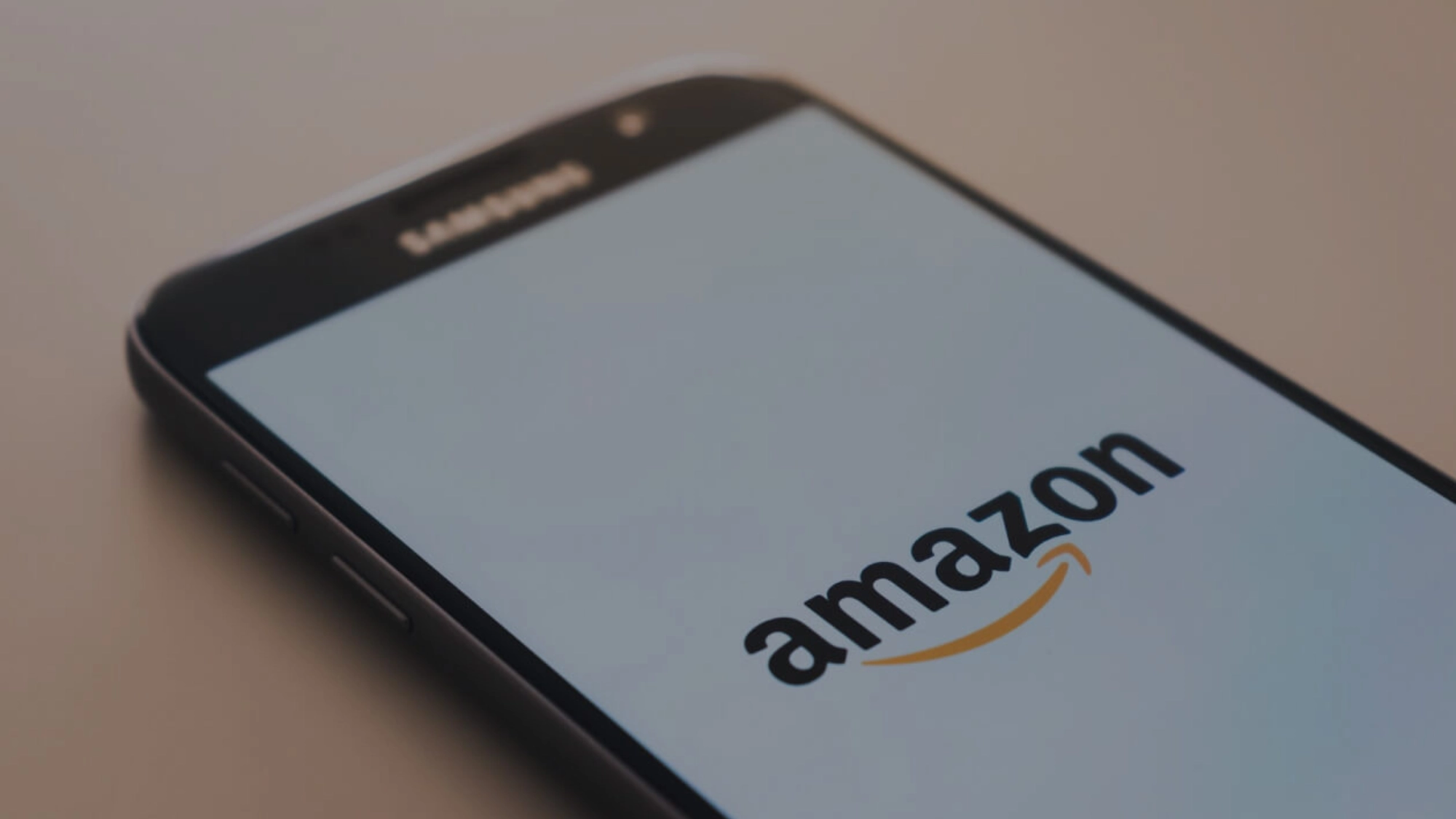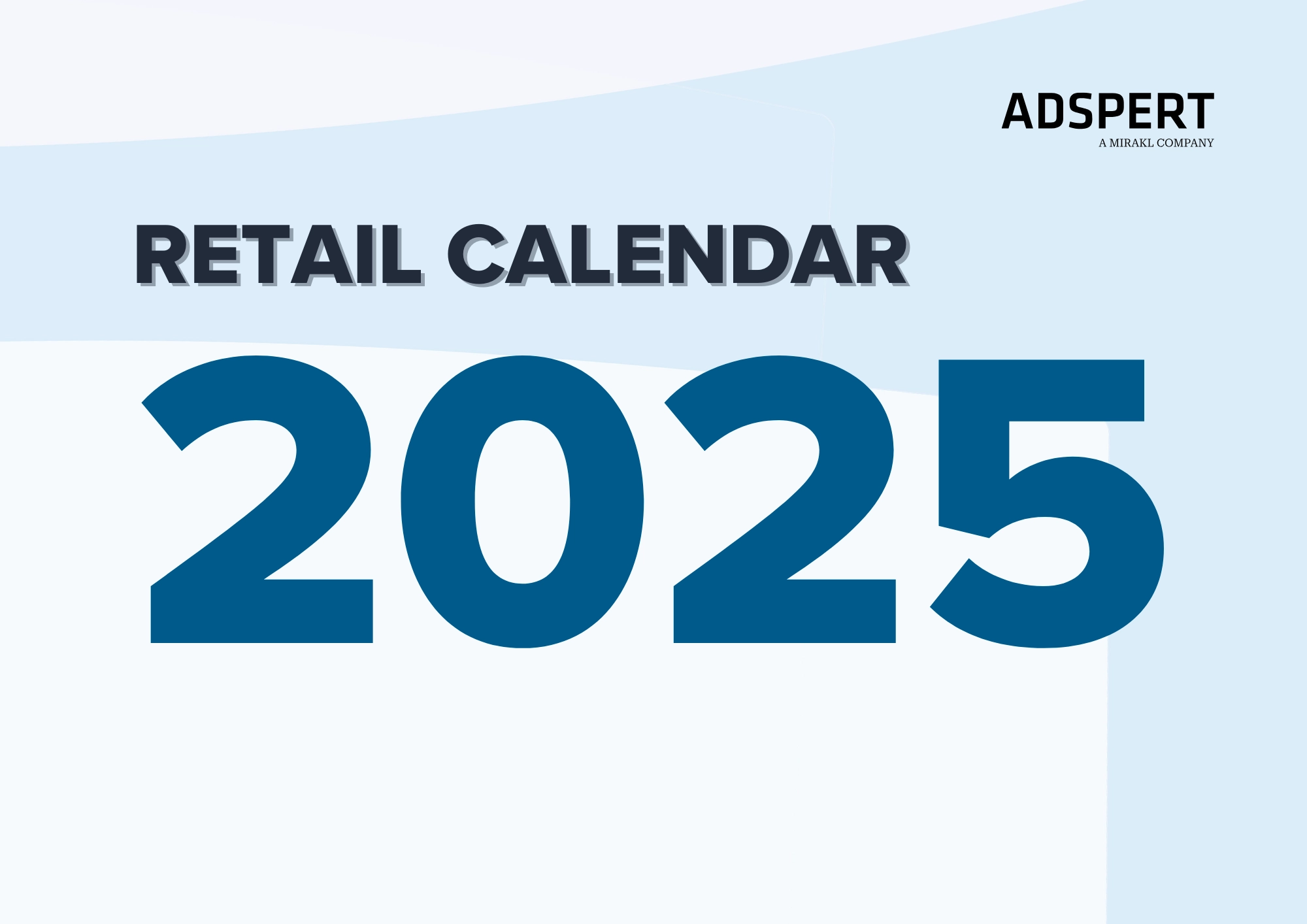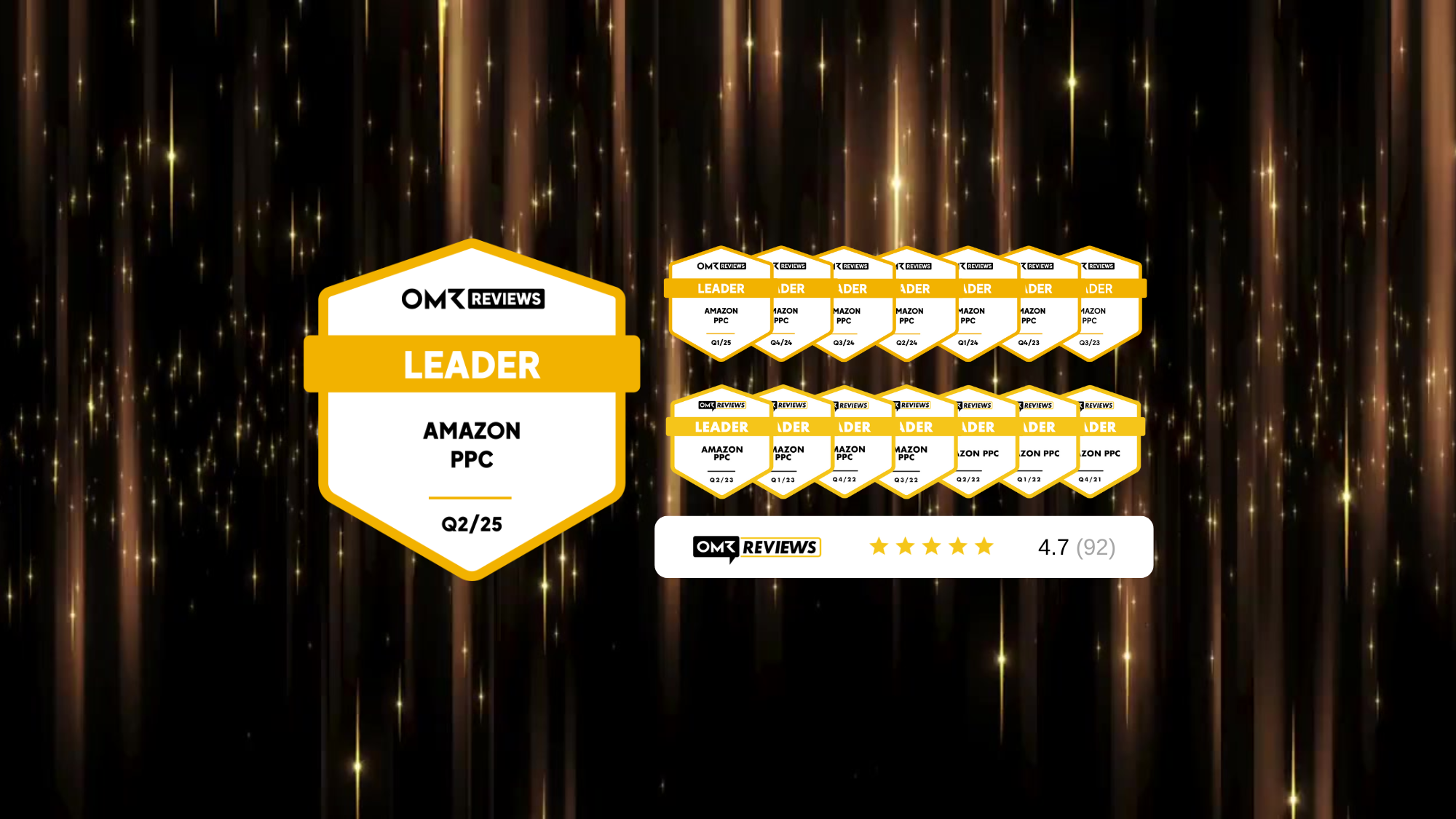You might be surprised to hear, but as of late Amazon Ads has been closing in the gap between itself and competitor Google.
But this is not something that happened spontaneously throughout a couple of months. Product search volume has been slowly turning more favorable for Amazon ever since 2015. Back then, Google’s share of product searches was at about 54% and Amazon’s at 46%.
By 2018, however, the numbers had reversed. Now Amazon has become the third-largest digital advertising platform in the USA, standing alongside Google and Facebook, who own the gold and silver medals in the advertising competition.
It doesn’t end here though, because as Amazon’s search reach is continuously increasing, advertisers see a tremendous opportunity in using it. They are steadily shifting from Google Ads to Amazon Ads.
Curious to know why? Read on!
Advertising on Google vs. Amazon: Comparison
Entry Requirements and Eligibility Criteria
While Google only asks for a basic registration to its platform, Amazon has a lengthy list of requirements for advertising your products in the Amazon marketplace.
The latter requires you to have an active professional seller account, the ability to ship your products, and a product listing in at least one available category. You will also need to be eligible for the Buy Box and to be part of the Amazon Brand Registry.
If this is a reason enough for you, skip and learn more on how to advertise on Amazon.
In terms of ease of entry, in Google Ads vs Amazon Ads comparison, Google has the upper hand.

Ad Costs
The ad costs are also different. For most of their ad campaigns, Amazon imposes price minimums that you must meet to advertise on their platform. On average, you must have a minimum daily budget of 1 dollar, with a minimum campaign budget of 100 dollars.
The only exception is their Display Ads campaign, in which you only have a minimum campaign budget amounting to 35 dollars. Compared with Amazon, Google has no minimum budget, which gives more freedom when it comes to bidding strategies.
Networks Offered by Google and Amazon
When it comes to Google Ads vs Amazon Ads reach, both platforms provide access to different types of networks.
Using Amazon, you can advertise on Amazon.com, or on any site that is owned by or affiliated with Amazon.
Using Google, you can advertise on Google’s search network, featuring Google’s partners and Google.com, on the display network, which offers more than two million carefully selected websites, on Google Play Store to advertise your application, on YouTube, and on Gmail.
Campaign Types on Google and Amazon
While highly contrasting, both Google and Amazon understand that each business is unique and has distinct demands fot digital advertising. This is why the two platforms came up with multiple ad campaign types that can serve the different needs of a business.
Google gives us the following selection of campaigns: Search Network Campaign, Display Network Campaign, Shopping Campaign, Video Campaign, and App Campaign.
Amazon’s list might not be as extensive, but it still covers the basics that you need: Product Display ads, Sponsored Brands ads, and Sponsored Products ads.
Ad Auction Process: Google vs Amazon
Google and Amazon perform real-time ad auctions to present the user with the best possible results for their search. To do so, they use your Ad Rank and your bid, among other things, to see what position your ad will take.
Of course, your ad must first be eligible to participate in the auction, so that both platforms will check your ad’s relevance, and they will not show the ad in case it doesn’t meet the quality standard (Google), or in case the ads are losing the Buy Box (Amazon).
Google Ads vs Amazon Ads, no matter the website, the Ad rank is one of the first things that you want to start improving after you started your campaign.
Why? Because once your ad has a high rank, it will not only enter more ad auctions, but it will also allow you to lower your bids.
It’s important to note that due to the different networks that they tackle, Google and Amazon score ads using individual methods.
Amazon will take into consideration bid, keyword relevance, accurate product listing, complete listing, and Buy Box eligibility, while Google will look at a bid, expected click-through rate, ad relevance, landing page experience, and context of user search.
Choosing the Right Platform
When used correctly, both platforms have the potential of bringing your business to the top. It’s great to be informed about all the specifics of Amazon and Google, but in the end, it all comes down to what your needs are.
If you offer services and not products or want to draw more people to your website, you will go with Google. Instead, if you have a variety of products you’d like to sell and cannot invest in a website of your own, then Amazon is the right place for your business.
4 Reasons Why Is Amazon Ads Often a Better Choice
1- A Clearer Return On Investment
When people are heading over to Amazon, they’re typically driven by the intention to buy. On the other hand, Google works as a vast network of possibilities. People might be there to shop, but they might just as well be researching a product or simply discovering new trends.
This is why, when it comes to Google or Facebook, the return on investment is not very easy to determine. As opposed to these platforms, Amazon offers a clearer ROI.
How? It’s simple. Considering the business’s nature, the platform is directly connected to online checkouts, so determining how much money you spent on ads truly led to conversions is not a matter of estimating.
Amazon knows exactly what actions a user took after seeing an ad. This way, it lets you know for sure whether a shopper clicked on your ad and actually converted, or if they chose a competitor’s product instead.
2- Brand Analytics and Higher Conversion Rates
While Amazon sellers and vendors previously needed a premium package to access reporting data, brand analytics are now offered freely by Amazon to its users. This is a sign that Amazon ads services are continually expanding their territory, leveraging marketing data to drive more ad spend.

The key performance metrics you can access by using Amazon Ads are:
- Detailed page views (DPV)
- Spend
- Units sold
- Total sales
- Advertising Cost of Sale (ACoS)
The increased conversion rates represent another key factor that makes advertisers shift from Google Ads toward Amazon Ads. Studies performed by Millward Brown Digital show us that the conversion rate for Amazon Prime members is 74%.
One of the reasons why the Amazon PPC strategy is more effective is because Amazon customers are generally at the bottom of the funnel. Their purchase intent is higher than at any other point.
3- What About The Competition?
What is the competition like when looking at Google Ads vs Amazon Ads? A contrasting difference that might put Google ahead of the game is that, to advertise on Amazon, you must sell on Amazon.
Unlike Google, where people enter the keyword in the search bar and presented with a multitude of websites they can choose from, on Amazon, things are a bit different.
People still have to perform a search by using a specific keyword or set of keywords, but the results will show only products that are sold on Amazon.
This can be a great thing if you’re a small business and don’t have a business of your own. But if you have a well-constructed website that you’d like possible clients to access, then Amazon might not be for you.
Another benefit of driving clients to your business’s website is that there will be no competition there. Sure, competition might be fierce initially, but that is only until the prospect clicks on your website. After that, they will be presented just with your products and services that they can choose from.
4- Grasping The End of The Funnel
As previously mentioned, people who start their searches on Amazon are typically driven by a stronger shopping mindset than the audiences who prefer Google.
Of course, nothing beats Google when it comes to sheer traffic, but buyers targeted by Google Ads are highly eclectic regarding their standpoint in the customer’s life cycle.
Some of them might be indeed nearing the purchase phase. At the same time, others might still be engaged in the awareness or consideration stages. They might be just looking up a product out of curiosity or still evaluating their options.
On the other hand, users on Amazon are almost always looking to purchase something.
The conclusion? While Amazon might not be able to top Google when it comes to total search volumes, it stands out by providing high-quality traffic, which is more valuable if you are looking to sell your product.
This is also confirmed by the higher conversion rates delivered by Amazon Ads compared to Google Ads.

A Better Shopping Experience
Yet another substantial difference between Amazon and Google lies in the customer experience. When using Google search, ads lead the user to a website where they have to create an account, fill in the information, and input their credit card. By doing this, the overall buying experience becomes somewhat segmented.
Things are different for Amazon, and clients appreciate the more straightforward process. It’s a seamless shopping experience.
You don’t have to stop and consider the next step, create an account, and fill in forms for each category of products that you might want to purchase. Everything is aligned, and shopping becomes part of a flow where second-guessing is less likely to intervene and disrupt the buyer’s journey.
The Conclusion?
Amazon has continuously been growing as a digital advertising platform and doesn’t appear to put an end to the process just yet.
While there are still several product categories to be covered in terms of variety, this only means that there’s still plenty of room for more. Soon, companies will undoubtedly start experimenting with selling bigger items as well.
Currently, most of Amazon’s revenue comes from four countries: the US, the UK, Germany, and Japan. Together with its expansion into new markets, the future of Amazon Ads is sure to bloom.
But no matter the platform you end up choosing for your business, whether it’s Amazon Ads or Google Ads, your digital marketing campaigns will need to be carefully optimized for successful results.




